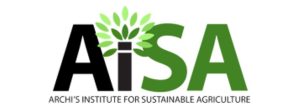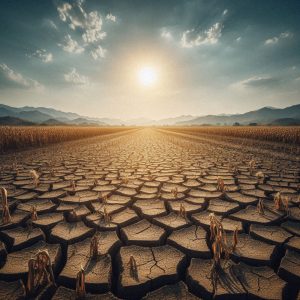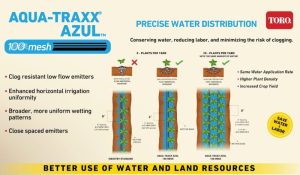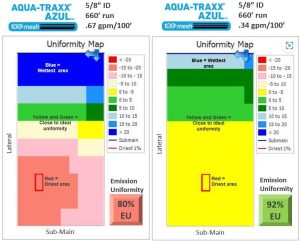Original post by Agriculture.com (Tharran Gaines)
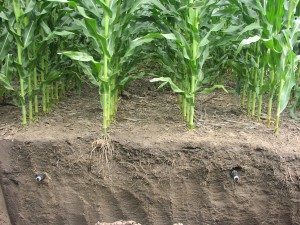 You probably don’t expect to find much drip irrigation on a field with 6° to 8° slopes. Yet, Lon Bohn and his brother-in-law, Don Blaschko, who run B&B Partners near Gibbon, Nebraska, operate such a subsurface drip irrigation system. Although they already had 997 acres under center pivot systems, the partners still had one 52-acre, irregular-shape field that presented a challenge.
You probably don’t expect to find much drip irrigation on a field with 6° to 8° slopes. Yet, Lon Bohn and his brother-in-law, Don Blaschko, who run B&B Partners near Gibbon, Nebraska, operate such a subsurface drip irrigation system. Although they already had 997 acres under center pivot systems, the partners still had one 52-acre, irregular-shape field that presented a challenge.
Basically, it was part of a quarter section that included a long driveway and a farmstead. A small wiper pivot covering 73 acres had already been installed on the east side of the drive and farmstead. The west side was further divided by a shelterbelt, part of a pasture, and another home and yard where Blaschko lives.
Furrow Irrigation Wasn’t Possible
With a 39-foot variation within 300 yards of the field length and more than 30 feet of grade from side to side, furrow irrigation was obviously out of the question. “We also looked at putting in two small overlapping pivots,” says Bohn, “but we would have had the cost of two pads and the equivalent of enough pipe to run the length of the field, while still losing four corners. The numbers just didn’t work,” he says.
“We wouldn’t have been able to run both small systems at once,” Blaschko adds. “As a result, we talked to a lot of irrigation companies looking for an answer. When we sat down with the Toro rep, he was one of the few who didn’t say, ‘It can’t be done.’ He just said, ‘Let me look into it, and I’ll get back with you.’”
Bohn says the company solved the problem by running the drip lines at an angle across the field, rather than in line with the field length. It installed pressure-compensating tape or hose to offset the pressure created by gravity and the slope.
“The other thing that makes it work is that we plant everything no-till,” Bohn says.
“We go with three years of corn followed by one year of soybeans. So, even though we can’t water a crop up with drip irrigation, we usually have plenty of moisture under the residue to get it going,” he says.
“Once the crop is well established, it tends to suck a lot of the moisture out of the top layer, too, which means we have a little less weed pressure,” Blaschko adds. “The wildlife sure likes the dryer environment.”
Less Water Needed
While they haven’t had as much experience with soybeans on the subsurface drip irrigation field, the partners say they’ve already witnessed a one-third reduction in the amount of water applied with corn compared with center pivot fields. They’ve also seen a 25% reduction in the amount of energy required for drip irrigation.
“At the same time, we’ve seen corn yields that have been from 10 to 50 bushels per acre higher than it is under the pivots,” Bohn says. “We think the difference has more to do with the spread of Goss’s wilt in 2010 and other diseases than the difference in moisture levels. With center pivots, we always have water running down the length of the plant and bouncing off leaves, which helps spread anything we might have out there.”
“Drip irrigation is more expensive to install,” Blaschko says, “but in this case, considering the shape of the field, it just made sense.”

